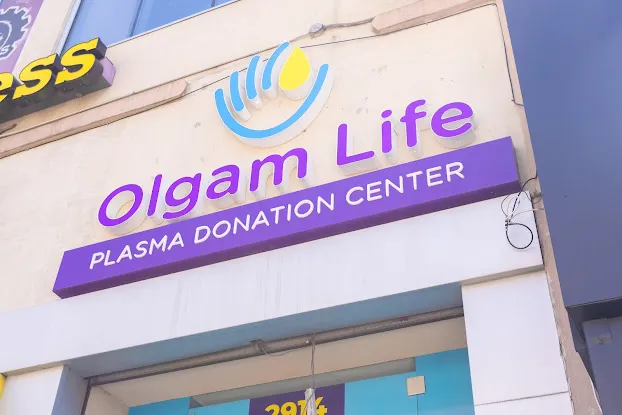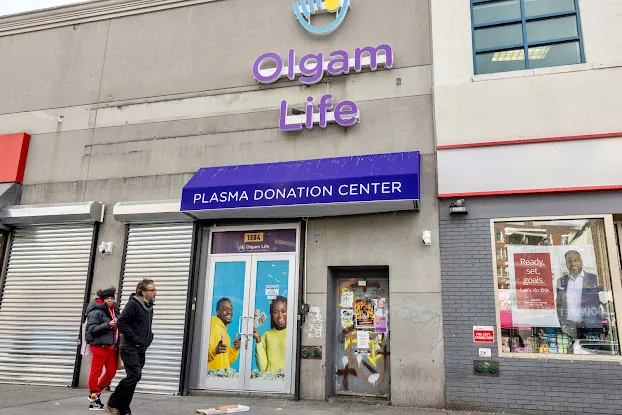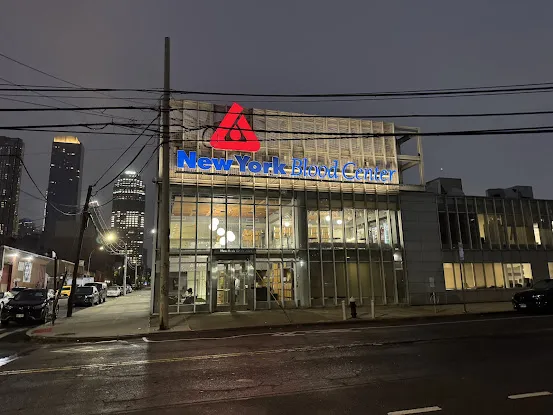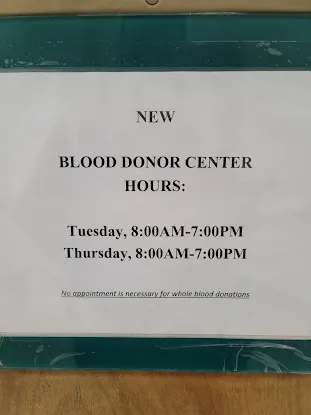Blood bank Side Manhattan
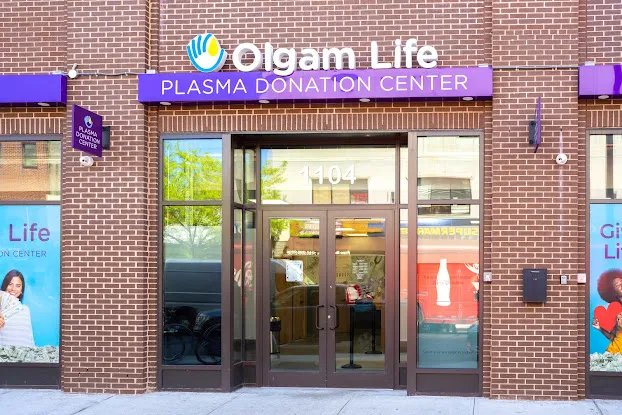
Olgam Life Plasma Donation Center
Downtown Manhattan
1104 Fulton St Brooklyn, NY 11238 United States
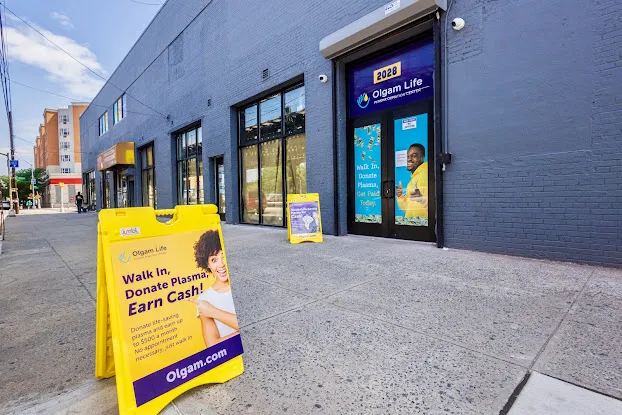
Olgam Life Plasma Donation Center
Midtown Manhattan
2028 White Plains Rd Bronx, NY 10462 United States
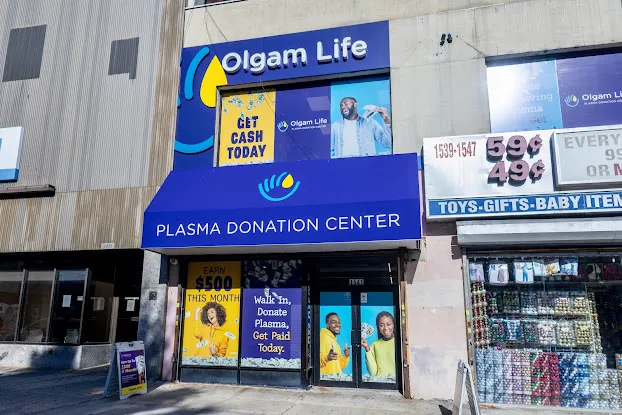
Olgam Life Plasma Donation Center
Midtown Manhattan
1539 Pitkin Ave Brooklyn, NY 11212 United States

New York Blood Center - Brooklyn Donor Center
Downtown Manhattan
30 Flatbush Ave Ext Brooklyn, NY 11217 United States
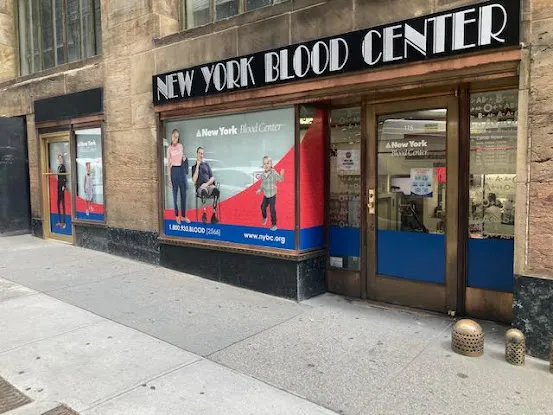
New York Blood Center - Grand Central Donor Center
Downtown Manhattan
Chanin Building 115 East 41st Street NEW YORK, NY 10168 Lobby Level Between 33rd And 34th Streets New York, NY 10017 United States
The Importance of Blood Banks in Manhattan
In the vibrant heart of Manhattan, blood banks play a crucial role in ensuring the health and wellness of the community. These facilities are not just places to donate blood; they are essential lifelines that support hospitals and emergency services throughout the city. Understanding the significance of blood banks can help residents make informed decisions about their health and community involvement.
What Is a Blood Bank?
A blood bank is a facility that collects, tests, processes, and stores blood and its components. This blood is used for various medical procedures, including surgeries, trauma care, and treatments for illnesses like cancer. In Manhattan, blood banks are equipped with state-of-the-art technology to ensure that all donations are safe and effective for use.
Why Are Blood Banks Essential?
The need for blood is constant, and every donation can save up to three lives. In Manhattan, the diverse population and the bustling lifestyle demand a reliable source of blood. Hospitals rely on local blood banks to provide the necessary supplies for surgeries, emergency responses, and ongoing treatments for patients. Without these facilities, many lives could be at risk.
How to Donate Blood in Manhattan
Donating blood is a simple and quick process that can be done at various locations throughout Manhattan. Many blood banks and mobile donation units make it convenient for individuals to contribute. Here are the typical steps involved in the donation process:
- Registration: Upon arrival, donors fill out a registration form to provide essential information.
- Health Screening: A brief health screening is conducted to ensure donors meet the eligibility criteria.
- Donation: The actual blood donation takes about 10-15 minutes, during which donors can relax and enjoy refreshments.
- Post-Donation Care: After donating, individuals are encouraged to rest and hydrate before leaving.
The Impact of Blood Banks on the Community
Blood banks in Manhattan not only save lives but also foster community spirit. Many local organizations partner with blood banks to host donation drives, raising awareness about the importance of blood donation. This collaborative effort brings people together and highlights the collective responsibility of ensuring a steady blood supply.
Moreover, blood banks often engage in educational programs to inform the public about the donation process, dispelling myths and encouraging more people to participate. The more informed the community is, the better the turnout for blood donations.
In conclusion, the role of blood banks in Manhattan cannot be overstated. They are vital to the healthcare system, providing essential resources that save lives every day. By donating blood, community members can make a significant impact, demonstrating their commitment to the health and well-being of their neighbors.
